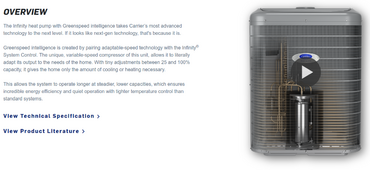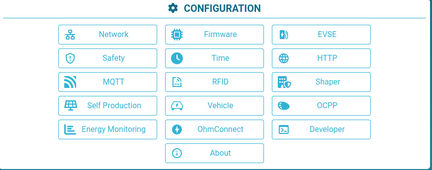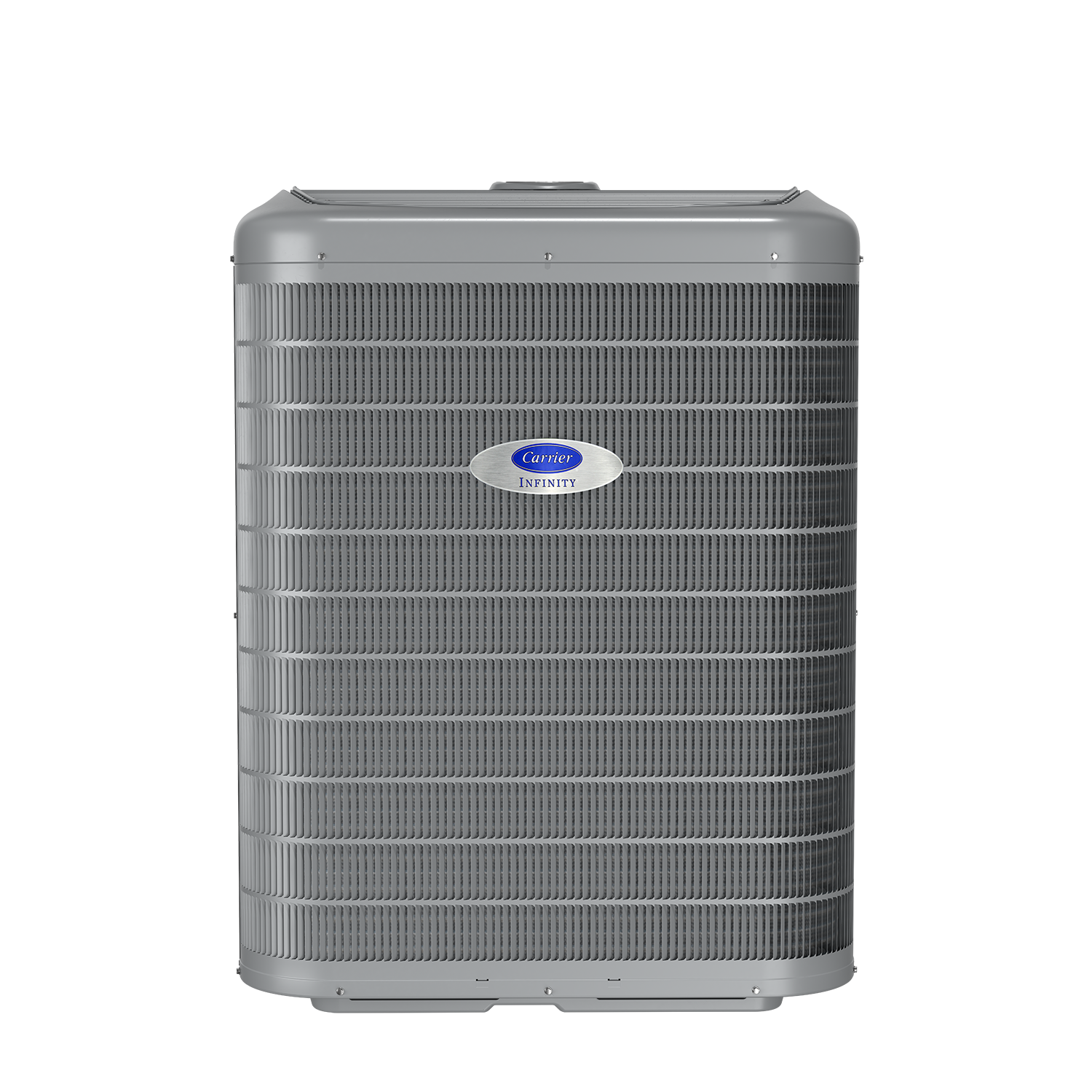MajicDiver
Solar Enthusiast
Yes, that’s very important detail. We are 4 bedrooms, 3 bath, 3,700+ sq feet. Totally off grid for a year in July. Not even close to running out of battery. 4 mini splits with our original traditional central (split) a/c system which has propane heat, ac is not used but heat is in winter when mini splits can’t keep up. Since mini split installation our peak load never gets over 10kW and rarely exceeds 6kW unless convection oven and/or dryer running. Have one 11.4kW grid forming inverter with another ac coupled to it for the additional battery capacity.You might also ask people to detail if they are all electric or not.
IMO, investing in mini splits to replace (or retire in place) traditional air conditioning systems is an important and cost effective part of being successful off grid with large homes in the south.
We also have propane tankless water heater.






